SAMUEL BASHFIELD
India has invested significant sums and resources in constructing and negotiating its military footprint in the Indian Ocean. Delhi has expanded its presence in the Andaman Islands and developed Mauritius’ Agaléga into a base. However, despite its tacit support spanning decades, one key island has remained off limits to Indian military planners: Diego Garcia.
Despite India signing a Logistics Exchange Memorandum of Agreement (LEMOA) with the United States in 2016, Indian military use of Diego Garcia remained too politically fraught. Dating back to the 1980s, Mauritius and the United Kingdom have sparred over sovereignty of the Chagos, an archipelago Britain illegally dismembered from the Colony of Mauritius in 1965, so the United States could build a Cold War military facility. Today, the base on Diego Garcia is an anchor of U.S. predominance in not just the Indian Ocean, but also Africa, the Middle East and South Asia. India – a founding Non-Aligned Movement member and self-professed champion of the Global South – has abstained from utilizing Diego Garcia. Taking advantage of Diego Garcia, a base associated with colonial injustice, would open India to accusations of double standards, and upset close relations with Mauritius. Analyst Abhijit Singh in 2020 characterised India’s Diego Garcia conundrum as “a predicament with no easy answers.”
However, news in November 2022 that the United Kingdom and Mauritius will open negotiations for the Chagos, aiming at an agreement in early-2023, should alter India’s strategic calculations. Britain intends to conclude an “agreement on the basis of international law to resolve all outstanding issues,” which strongly hints at a sovereignty transfer to Mauritius in line with the 2019 International Court of Justice advisory opinion on the Chagos.
Such an agreement would partly remove India’s self-imposed pretext for shirking Diego Garcia. Indeed, on announcing upcoming negotiations, UK Secretary of State for Foreign, Commonwealth and Development Affairs James Cleverly stated that Britain “recognize[s] the United States’ and India’s interests and will keep them informed of progress.”
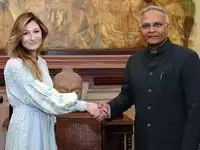



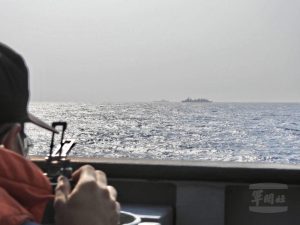
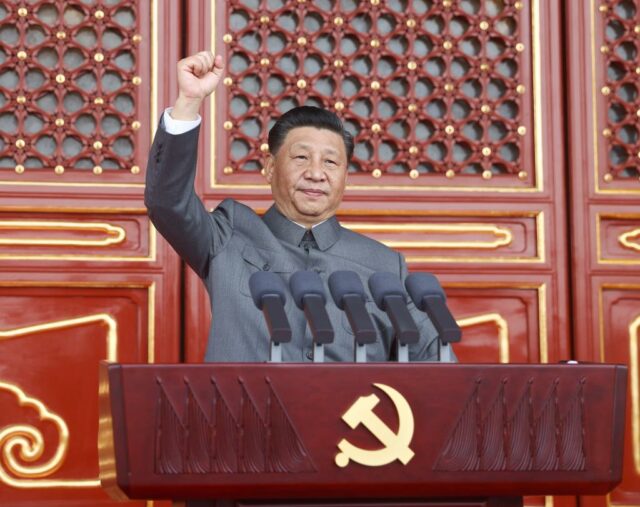

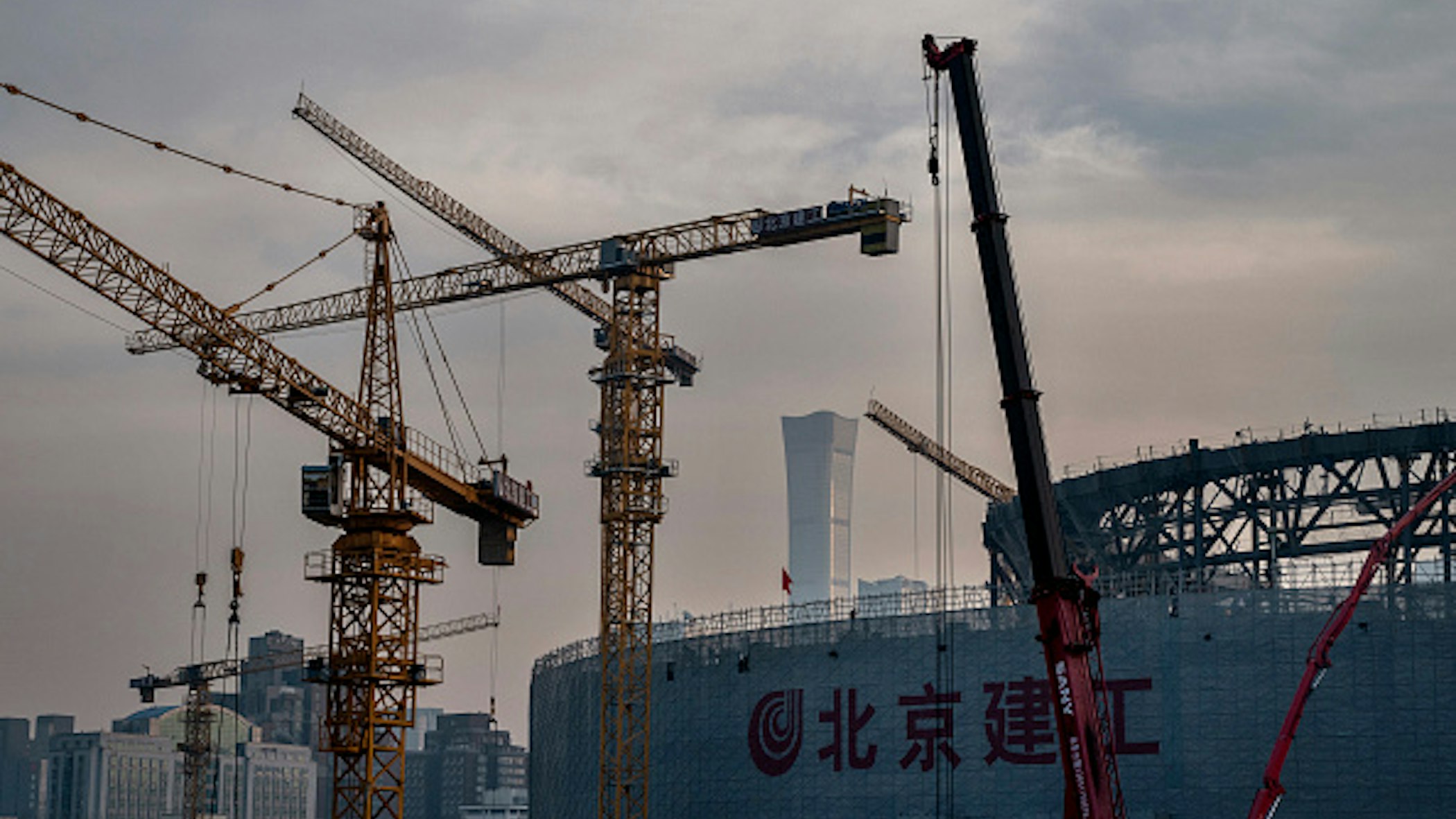
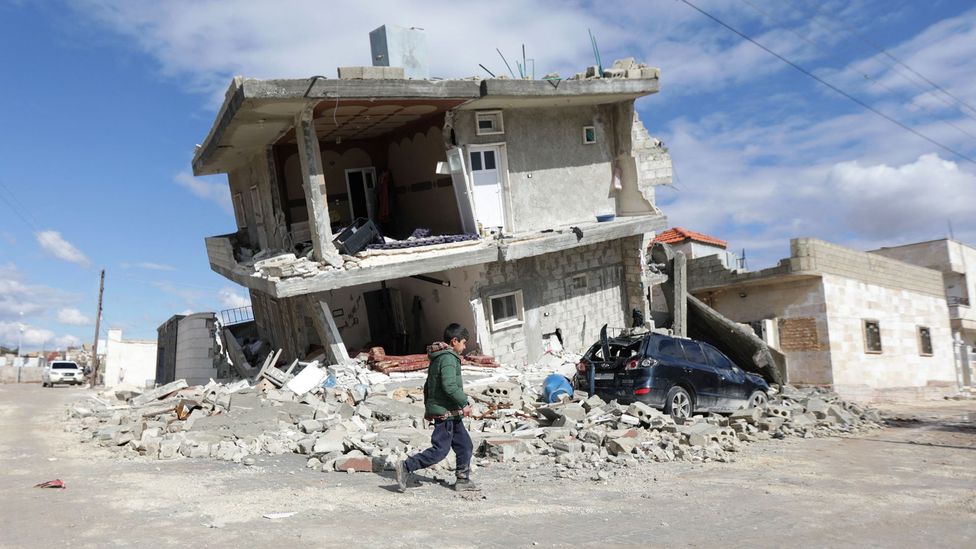

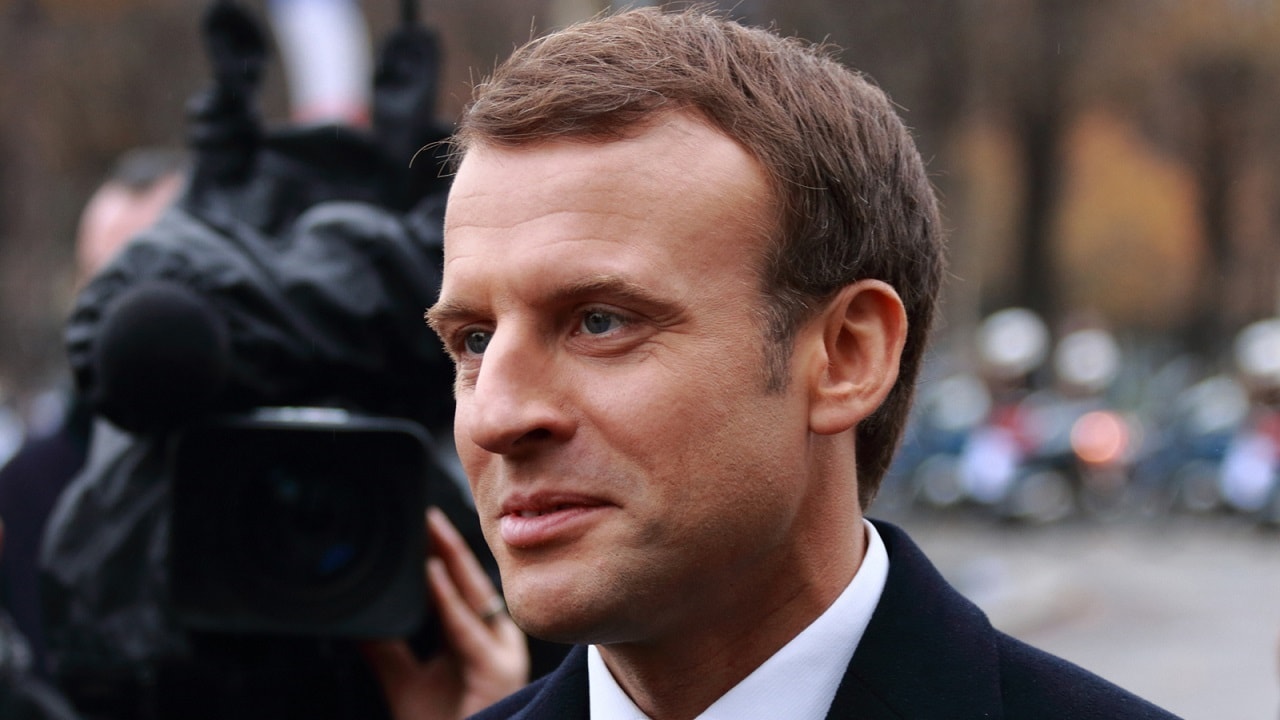



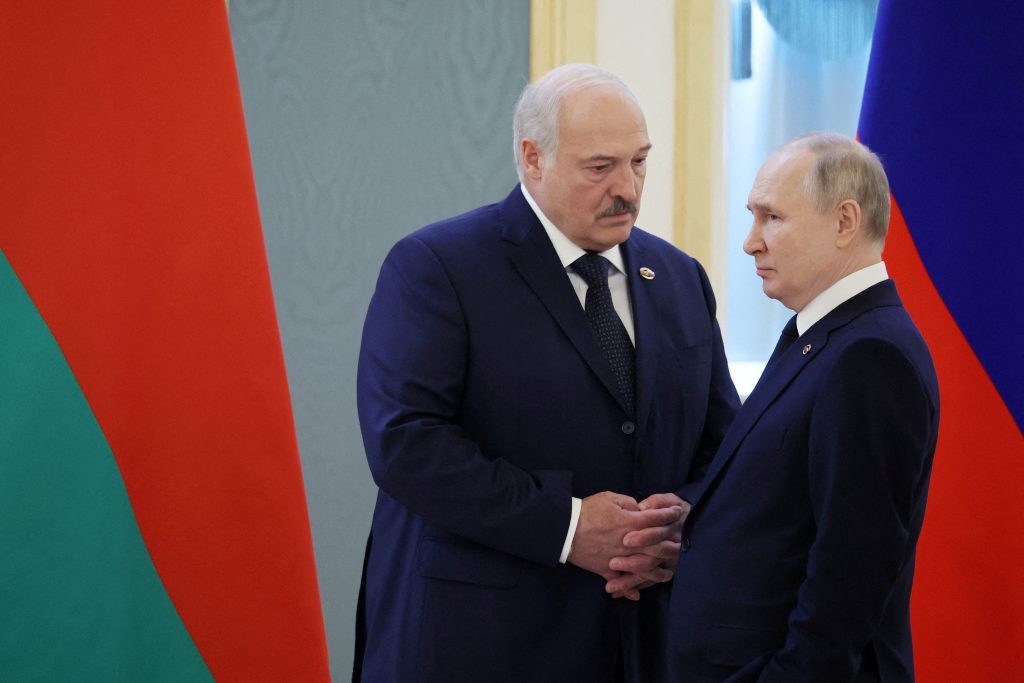
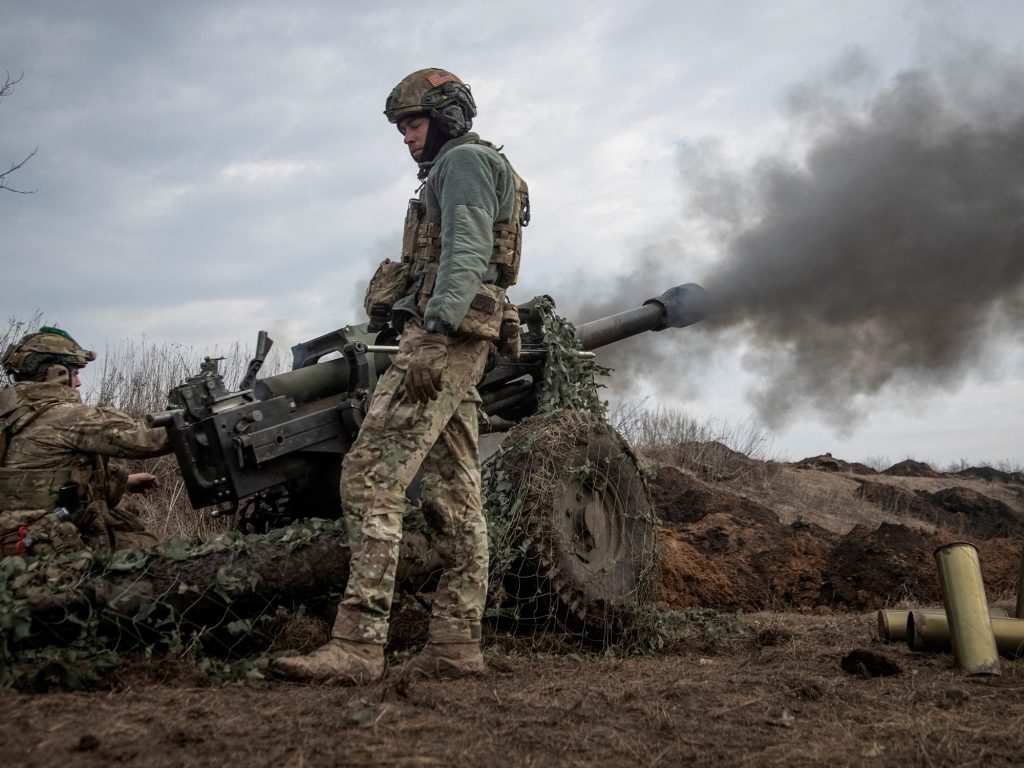





:quality(70)/cloudfront-us-east-1.images.arcpublishing.com/archetype/UONH356ARBDD7PJM5TOLBZ3CJ4.jpg)